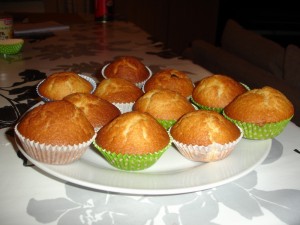Fill in the gaps using the correct pronoun
SER
…..soy Maria.
…….eres Alejandro.
…….es Frank.
…….es Ana.
……….. somos Juan y Antonio.
…………. sois Fred y Thomas.
………….. son Pablo y Martin.
………….. son Helen y Sarah.
……………no soy Alfredo.
……………no es Julián.
……………..no somos Juan y Pablo,……………. somos Pedro y Javier.
…………….. son españolas, …………… no son canadienses.
…………….. son italianos, ……………… no son alemanes.
……………… son italianas, ……………… no son españolas.
……………….. soy inglés, ……………….eres francesa, ………………. es alemán, ……………. somos escoceses, ……………………..son norteamericanas.
¿ Eres ………. española? No, ……. soy canadiense.
¿ Es ………… Alejandro? No, ……….. es Paul.
¿ ………………. sois irlandeses? No, ……………….. somos franceses.
ESTAR
………… estoy en casa, …….. está en la escuela.
………… no estoy en casa, …………….. no está en la escuela.
…………… estamos en la clase de español, …………….. estáis en el cine.
…………. está conmigo.
……………están en el supermercado, …………… no están en el cine.
…………….estás cansado, ………. está cansada.
………….. estoy contento, …………….estás contenta,………………….estamos contentos, …………..están contentos.
……………….estamos en casa, ……………….estáis en el bar, …………….están en el jardín.
…………. no estoy




